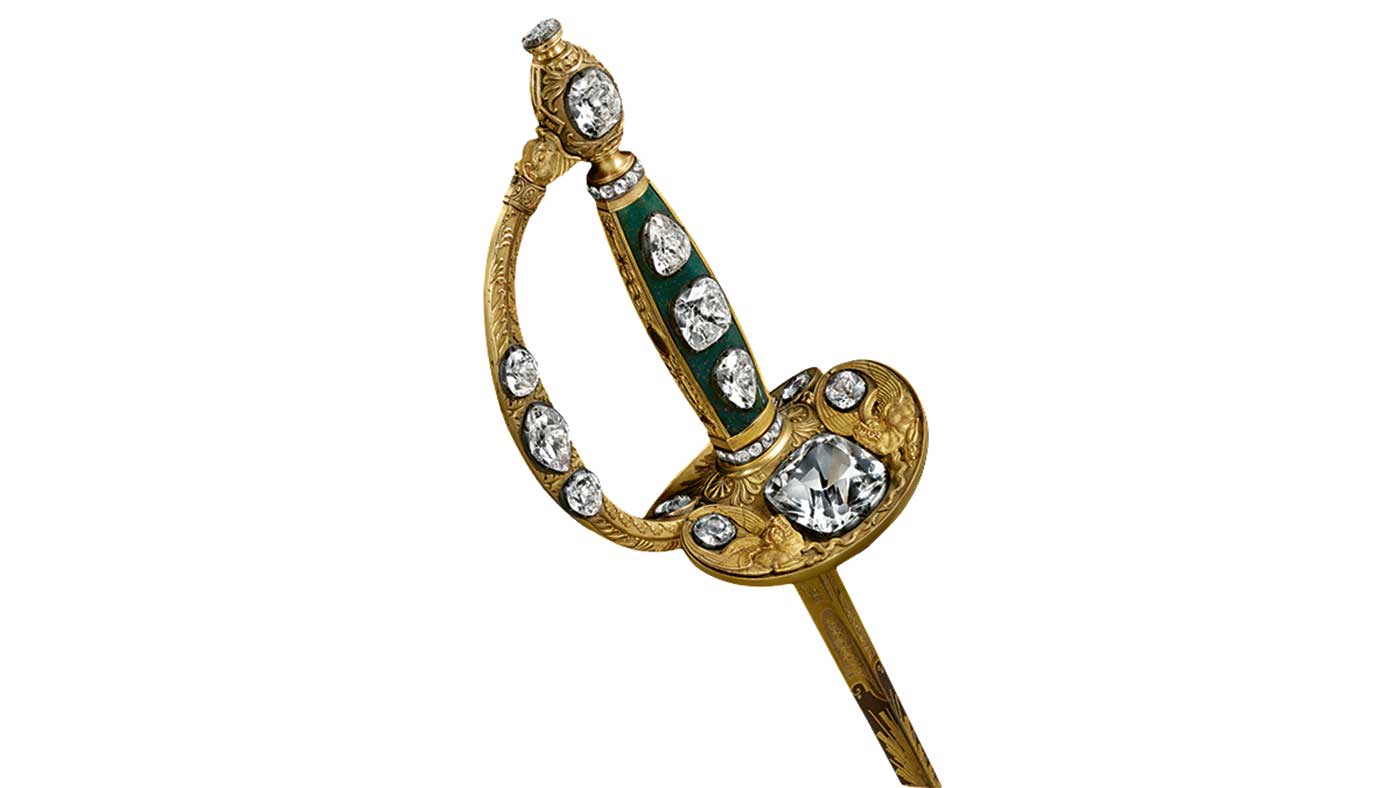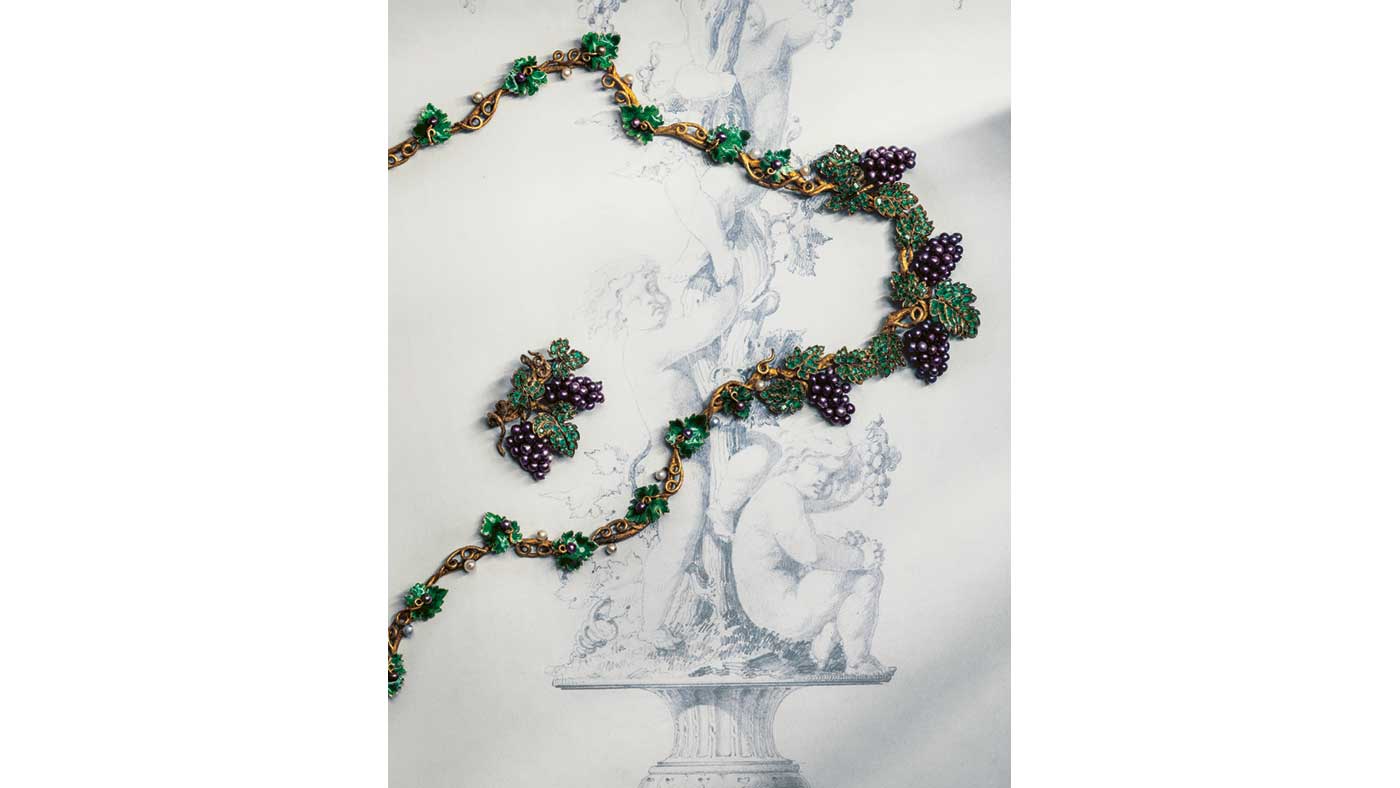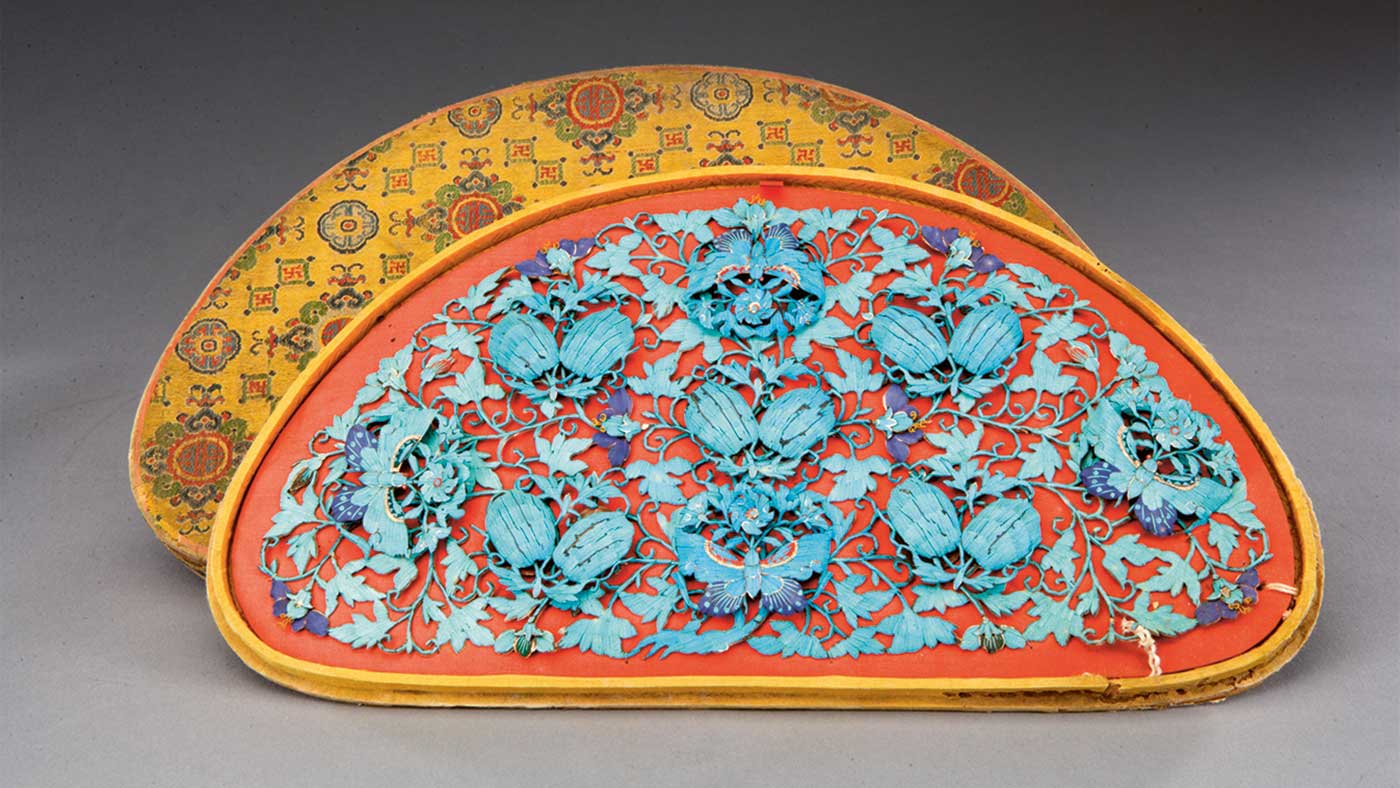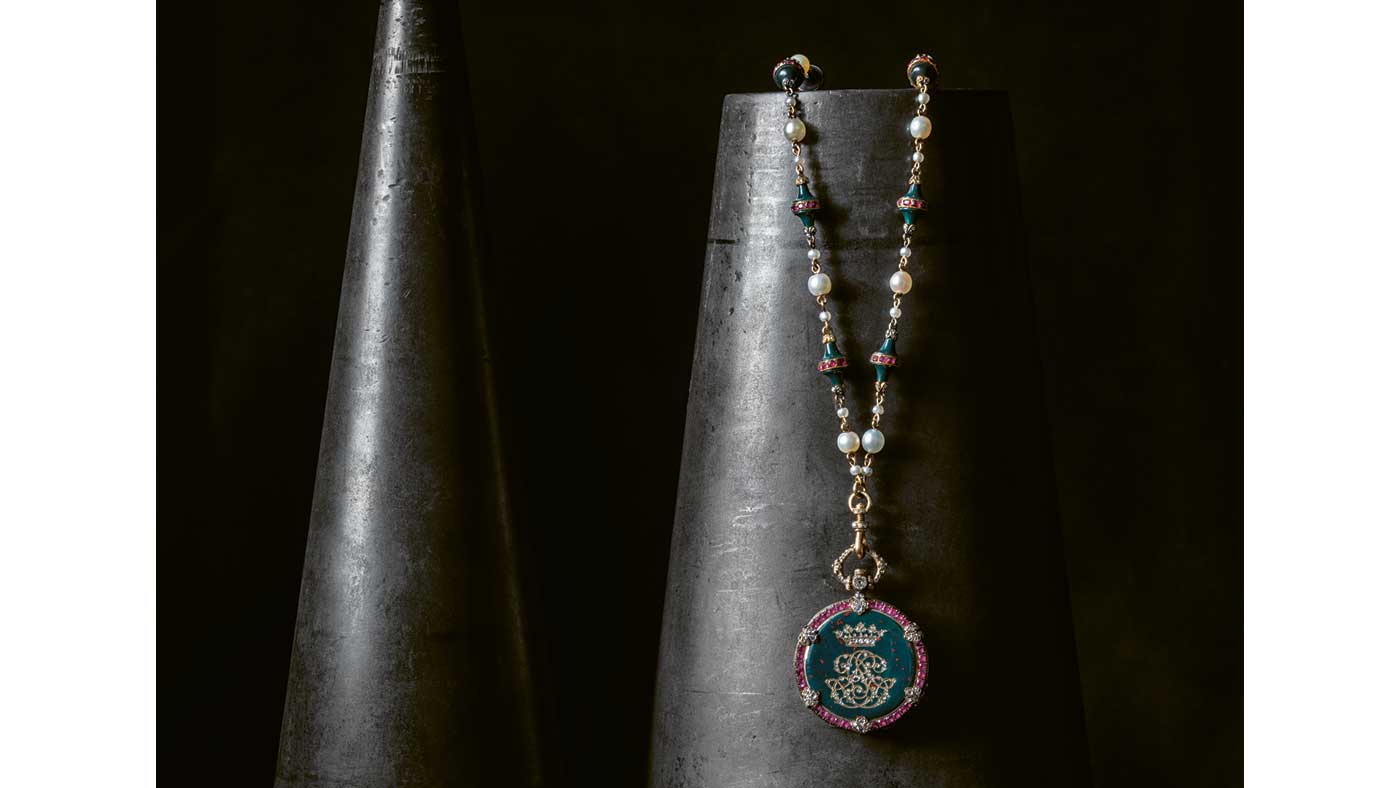Chaumet's Imperial Splendours at Beijing's Palace Museum
An exhibition at Beijing's Palace Museum explores the affinity between Chaumet and artistic practices in China





Led by Beatrice de Plinval, curator of Chaumet's museum and archives, with scientific direction from Henri Loyrette, former director of the Paris Louvre and Musee d'Orsay, the showcase brings together 300 works that extend beyond jewellery to paintings, drawings and objets d'art, many of which have never left France before are on public display for the first time.

The exhibition opens by tracing Chaumet's milestones since its beginnings in 1780 to the present day, gathering some of its most accomplished pieces, from the oldest – an intricately enamelled tortoiseshell memorial box created for the Marquise de Lawoestine in 1789 – to contemporary designs, such as an architectural Liens cuff bracelet from 2003.
Among the company's most opulent and important commissions through the centuries is a lavish gold and gemstone consular sword crafted by Chaumet's founder Marie-Etienne Nitot for Napoleon I on the occasion of his coronation in 1804.
The Week
Escape your echo chamber. Get the facts behind the news, plus analysis from multiple perspectives.

Sign up for The Week's Free Newsletters
From our morning news briefing to a weekly Good News Newsletter, get the best of The Week delivered directly to your inbox.
From our morning news briefing to a weekly Good News Newsletter, get the best of The Week delivered directly to your inbox.

But the exhibition also offers a fascinating insight into how haute joaillerie has evolved through the period. Highlights include Roman-influenced bunches of grapes and vine leaves made from purple pearls and emeralds transformed into a matching set of necklace, earrings and ring, and a watch and chain (circa 1853-4) belonging to the Duchesse de Luynes, which showcases sumptuous hues of rubies and red-spotted bloodstone.
One of the most exceptional displays is dedicated to chinoiserie, a decorative style characterised by its use of Chinese motifs. Twenty-two examples from Chaumet are contrasted against a further 22 pieces taken from the collections of the Palace Museum, from a delicate pearl hairpin and embellished headdress to lavishly painted fans dating back to the Qing Dynasty.

The closing section focuses on some of the maison's most iconic shapes and motifs, particularly diadems, stunning bejewelled crowns or headbands. For the occasion, it invited students from London's Central Saint Martins to imagine a tiara for the 21st century. The winning entry – Vertiges, by Scott Armstrong – is a sculptural piece that takes its inspiration from the geometric forms of French formal gardens, highlighting the connection to nature through vibrant bursts of colour from green tourmalines and garnets scattered among diamonds.
Imperial Splendours is at the Palace Museum, Beijing, until 2 July; chaumet.com
A free daily email with the biggest news stories of the day – and the best features from TheWeek.com
-
 ‘Care fractures after birth’
‘Care fractures after birth’instant opinion Opinion, comment and editorials of the day
-
 Shots fired in the US-EU war over digital censorship
Shots fired in the US-EU war over digital censorshipIN THE SPOTLIGHT The Trump administration risks opening a dangerous new front in the battle of real-world consequences for online action
-
 What will the US economy look like in 2026?
What will the US economy look like in 2026?Today’s Big Question Wall Street is bullish, but uncertain
